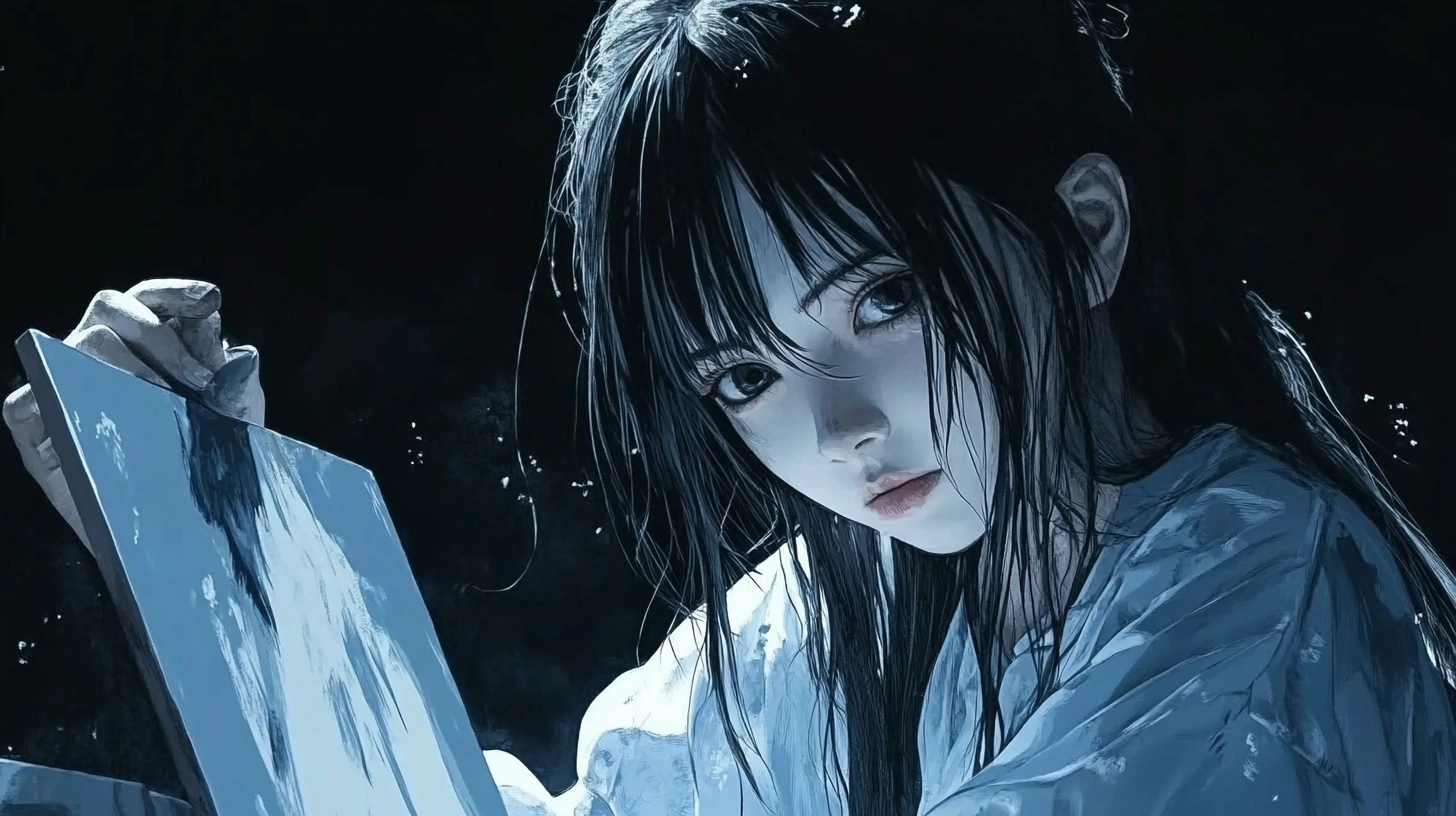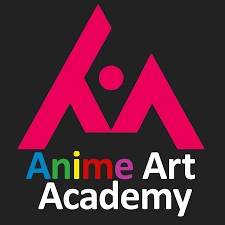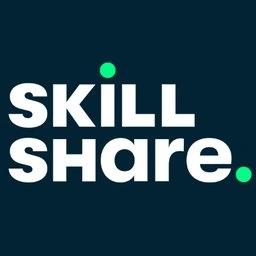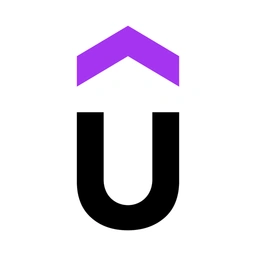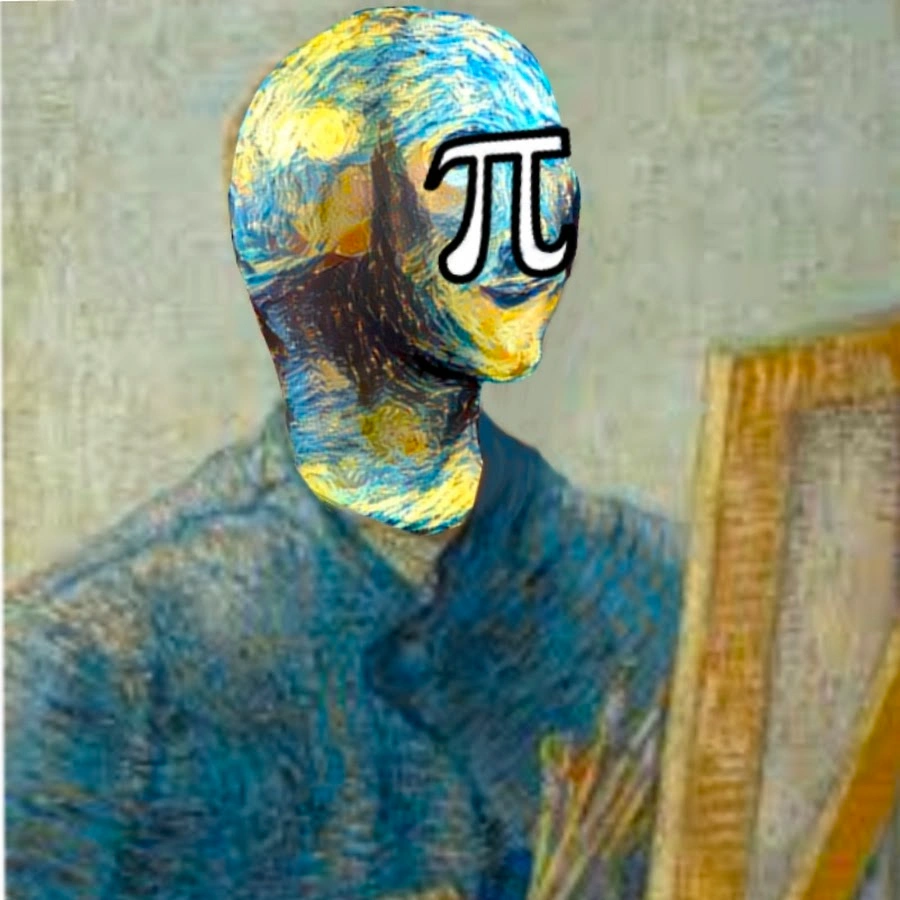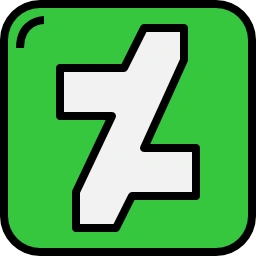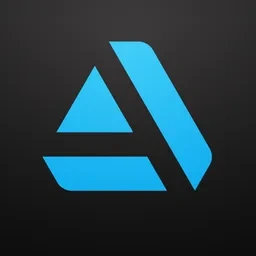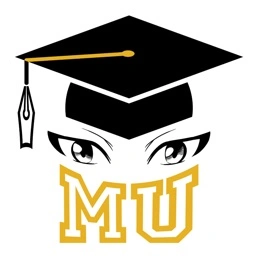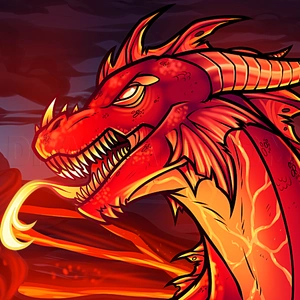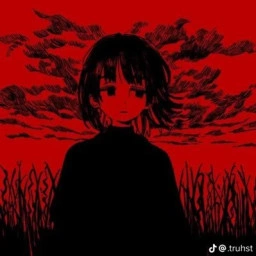You’ve seen that perfect anime illustration – the dynamic poses, expressive eyes, and striking color palette. You grab your pencil or stylus, eager to create something similar… only to end up with awkward proportions and lifeless characters.
We’ve all been there. The gap between what you envision and what you can actually draw feels insurmountable. But anime art isn’t magic – it’s a learnable skill with specific techniques, principles, and shortcuts that professionals use daily.
I’ve identified the sites that actually deliver results. These are the resources that transformed my own art from amateur doodles to confident illustrations worthy of sharing (still not sure about actually sharing them tho!).
Anime Art Academy
Best For: Serious learners who want professional Japanese instruction
Standout Feature: Direct feedback from working manga artists
Anime Art Academy offers perhaps the closest experience to attending an actual Japanese manga school without moving to Tokyo.
What makes it exceptional:
- Lessons taught by professional Japanese animators and manga artists
- Structured curriculum from fundamentals to professional techniques
- Unlimited personal feedback on your artwork
- Active Discord community with fellow students
- Online workshops with popular Japanese manga artists
The academy’s teaching approach is distinctively authentic – you’re learning directly from artists who understand the industry standards and cultural context behind anime art. Courses are meticulously organized into lesson packs focusing on specific skills like drawing anime faces and bodies, with difficulty levels ranging from beginner fundamentals to professional secrets.
The standout feature is the personalized feedback. Unlike most online platforms where your work disappears into the void, here you can post your drawings and receive specific guidance from professionals who know exactly how to elevate your skills. The Discord community amplifies this with peer support and inspiration from fellow learners at various stages.
For those hesitant about the investment, the academy offers free taster lessons packed with immediately useful techniques. This lets you experience their teaching style before committing to the premium packs available as one-off purchases or subscription courses.
AnimeOutline
Best For: Self-directed learners who want free, comprehensive resources
Standout Feature: Extremely detailed breakdown of character features
AnimeOutline stands as the most extensive free resource for anime drawing tutorials, offering an impressively organized library of guides for virtually every aspect of anime art.
What makes it valuable:
- Massive collection of free, original tutorials
- Exceptionally detailed guides for individual character features
- Comprehensive coverage from basics to specific character types
- Growing library of video tutorials alongside text/image guides
- No registration or payment required
This site excels at breaking down anime art into manageable components. Instead of vague instructions to “draw an anime character,” you’ll find specific tutorials for different eye types, hairstyles, face shapes, expressions, and body proportions. This granular approach makes learning systematic and achievable.
The step-by-step guides use clear images and text explanations that build your understanding from basic shapes to finished illustrations. While primarily text and image-based, the site has been expanding its video tutorial section, offering different learning formats for various preferences.
AnimeOutline’s greatest strength is its accessibility – everything is completely free. This makes it perfect for beginners testing their interest in anime art or experienced artists needing quick references for specific features. The sheer volume of content can be overwhelming for complete beginners, but the logical organization helps navigate to exactly what you need.
Skillshare
Best For: Digital art focus with structured class format
Standout Feature: Professional-quality digital coloring techniques
Skillshare offers a wealth of anime drawing courses created by a diverse range of artists, with particular strength in digital art techniques.
What sets it apart:
- Structured video classes with clear learning objectives
- Strong focus on digital illustration tools and workflows
- Wide variety of teaching styles and artistic approaches
- Community features for feedback and discussion
- Regular new content from fresh instructors
The platform excels at teaching modern, digital-focused anime art. Classes cover essential topics like drawing full anime bodies, rendering faces from various angles, mastering digital illustration techniques, refining line art, and developing digital coloring skills. One popular course specifically guides beginners through digital anime coloring, a crucial skill for contemporary artists.
Skillshare’s class format provides a balance of structure and flexibility. Each course breaks down techniques into digestible lessons, often including projects and exercises to apply what you’ve learned. The community aspects allow you to share your work, receive comments from classmates, and even get instructor feedback in many cases.
The subscription model (with frequent free trial offers) gives access to the entire catalog of anime drawing courses, making it possible to learn from multiple instructors with different strengths and styles. This variety helps you develop a more versatile approach rather than being limited to a single artist’s methods.
Udemy
Best For: Comprehensive courses with lifetime access
Standout Feature: One-time purchase with frequent sales
Udemy provides a broad selection of anime drawing courses with a unique pricing model that offers lifetime access to purchased classes.
What makes it distinctive:
- One-time purchase for permanent access to courses
- Mix of free and paid options for different budgets
- Courses ranging from beginner to advanced techniques
- Frequently discounted prices (often 80-90% off)
- Q&A sections for instructor interaction
Udemy’s anime drawing courses cover diverse topics, including character design with emphasis on facial features and emotional expression, foundational drawing principles, anime-specific anatomy, and even applications of classical art principles to anime styles. Some courses take unique approaches, such as applying Leonardo DaVinci’s techniques to anime character drawing.
The platform’s most significant advantage is its pricing structure – once you purchase a course, you own it forever, without subscription fees or expiration dates. This makes it ideal for methodical learners who prefer to thoroughly master one course before moving to another. The platform also offers free introductory courses, allowing you to sample different instructors before investing.
Course quality varies significantly between instructors, making it important to check reviews and previews before purchasing. However, the best Udemy anime courses provide comprehensive curriculum with polished production quality and responsive instructors who answer questions in the course Q&A sections.
YouTube Channels
Best For: Visual learners who prefer watching demonstrations
Standout Feature: Completely free with incredible variety
YouTube hosts a treasure trove of anime drawing tutorials from talented artists worldwide, offering perhaps the most diverse and accessible learning resource available.
Top channels worth following:
- Art Senpai: Engaging tutorials with humor and clear explanations
- Whyt Manga: Specialized in drawing people of color in manga style
- SomeNormalArtist: Detailed anatomy tutorials for intermediate artists
- tppo: Professional technique analysis and breakdowns
- Naoki Saito: Insights from an experienced Japanese illustrator
YouTube’s greatest strength is its visual learning format – watching an artist draw in real-time helps you understand the process in ways static tutorials cannot. You see exactly how lines are placed, how pressure is applied, and how mistakes are corrected. Many creators explain their thought process while drawing, providing valuable insights into artistic decision-making.
The range of content spans from absolute basics (like Art WL’s simple character tutorials) to professional-level technique analysis (like tppo’s breakdowns of industry illustrations). This spectrum makes YouTube suitable for every skill level, with the added benefit of being able to watch the same tutorial repeatedly to absorb different aspects.
Most YouTube anime channels offer structured playlists organizing content by difficulty or topic, helping navigate what might otherwise feel overwhelming. The comment sections also frequently contain valuable additional tips from both creators and fellow learners, creating an informal community around each video.
DeviantArt
Best For: Finding community-created tutorials and inspiration
Standout Feature: Artist interaction and feedback opportunities
DeviantArt combines an extensive library of community-created tutorials with the social aspects of an art-sharing platform, creating a unique learning environment.
What makes it valuable:
- Vast collection of free tutorials from diverse artists
- Strong community focus with feedback opportunities
- Search functionality to find specific tutorial topics
- Direct connection to artists for questions
- Endless inspiration from finished artwork
DeviantArt’s tutorial section contains thousands of anime drawing guides created by community members ranging from hobbyists to professionals. These cover everything from basic anime eyes to complex poses and digital coloring techniques. The community-driven nature means you’ll find multiple approaches to the same concept, helping you discover what methods work best for your style.
The platform’s social nature is its defining feature – you can follow tutorial creators to see more of their work, ask questions about specific steps, and even share your attempts for feedback. Many artists organize their tutorials in collections, making it easier to find progressive learning resources from creators whose style resonates with you.
DeviantArt also seamlessly blends learning with inspiration. You can study a tutorial on drawing anime hair, then immediately explore galleries of finished artwork that implement those techniques in different ways. This connection between instruction and inspiration helps bridge the gap between learning techniques and developing your own artistic voice.
ArtStation
Best For: Advanced artists seeking professional-level inspiration
Standout Feature: Gallery of industry-leading anime artists
While not primarily a tutorial platform, ArtStation serves as an invaluable resource for serious anime artists looking to understand professional-quality work.
Why it’s worth visiting:
- Showcases portfolio-quality anime art from professionals
- Some artists share process breakdowns and tutorials
- Industry standard for digital illustration quality
- Opportunity to follow career professionals
- Occasional tutorials from top-tier artists
ArtStation functions primarily as a portfolio showcase for professional artists, including many who work in anime and manga-influenced styles. The quality bar is exceptionally high, making it the perfect place to study what professional-level anime art actually looks like – something that’s essential for setting realistic goals and understanding industry standards.
While dedicated tutorials aren’t the main focus, many artists share process shots, work-in-progress sequences, or occasional tutorial content. These glimpses into professional workflows can be incredibly valuable for intermediate to advanced artists looking to refine their technical skills and production methods.
For those seriously pursuing anime art as a career path, ArtStation also provides insight into what professional clients and studios expect. By studying the portfolios of artists working in the industry, you can better understand the technical skills, subject matter versatility, and presentation quality needed to succeed professionally.
Manga University
Best For: Traditional manga techniques with Japanese influence
Standout Feature: Focus on authentic Japanese manga methods
Manga University specializes in teaching authentic Japanese manga techniques through structured, accessible guides.
What sets it apart:
- Focus on traditional Japanese manga methods
- Clear, step-by-step instructional approach
- Strong emphasis on manga storytelling elements
- Resources for both digital and traditional media
- Educational materials developed with Japanese artists
This platform excels at breaking down complex manga drawing techniques into manageable steps that build progressively. The instruction style emphasizes the fundamentals that Japanese manga artists learn, helping Western students understand the cultural and technical foundations of the art form.
Manga University’s resources cover not just character design but also manga-specific elements like panel layout, speech bubbles, sound effects, and storytelling techniques. This comprehensive approach helps artists develop complete manga creation skills rather than just isolated drawing techniques.
The platform offers both free resources and premium educational materials, with a particular strength in its physical drawing guides and books. These resources are developed in collaboration with Japanese manga professionals, ensuring authenticity in the techniques and approaches taught.
Dragoart
Best For: Simplified step-by-step tutorials for beginners
Standout Feature: Easy-to-follow progressive steps
Dragoart offers straightforward, highly accessible tutorials that break down anime drawing into simple progressive steps.
What makes it beginner-friendly:
- Step-by-step tutorials with clear progression
- Simple shapes-to-details approach
- Wide variety of popular anime characters
- Free access to extensive tutorial library
- Printable reference sheets
This platform excels at making anime drawing approachable for absolute beginners through its methodical approach. Each tutorial starts with basic shapes and gradually adds details, showing the exact progression from rough structure to finished illustration. This building-block method helps newcomers understand how complex anime characters are constructed from simple components.
Dragoart’s tutorials cover both original anime-style characters and popular characters from well-known series. This mix allows beginners to practice drawing familiar characters they’re already invested in while learning fundamental techniques that apply to original creations.
The site’s straightforward design prioritizes accessibility over fancy features, making it easy to find tutorials suited to your current skill level. While the site doesn’t offer the depth or professional insights of platforms like Anime Art Academy, its simplified approach makes it an excellent starting point for young artists or complete beginners intimidated by more complex resources.
Online Communities
Best For: Feedback, support, and discovering additional resources
Standout Feature: Direct interaction with fellow artists
Online communities like Reddit (r/AnimeArt, r/learnart) and Discord servers provide crucial social dimensions to your learning journey.
Why they’re essential:
- Constructive feedback on your work-in-progress
- Motivation and accountability from peers
- Curated recommendations for tutorials
- Answers to specific technique questions
- Sense of belonging in the anime art community
These communities complement formal learning resources by providing the social elements that self-study often lacks. Sharing your work with fellow artists helps identify blind spots in your technique that you might not notice yourself. Specific communities like Reddit’s r/AnimeArt focus on anime styles, while broader forums like r/learnart can provide fundamental art advice applicable to any style.
Discord servers dedicated to anime art, like Anime Art Academy’s official Discord, offer more immediate interaction. These spaces typically include channels for sharing work, asking technical questions, discussing art supplies, and even participating in drawing challenges that push your skills. The real-time nature of Discord makes it particularly valuable for quick feedback or troubleshooting specific issues.
These communities also serve as excellent sources for discovering new learning resources. Members frequently share tutorials that helped them overcome specific challenges, providing personalized recommendations based on your current skill level and interests.
Finding Your Perfect Learning Path
The ideal platform depends on your specific needs, learning style, and budget. Here’s a quick guide to help you choose:
| Platform | Best For | Teaching Style | Cost | Skill Levels |
|---|---|---|---|---|
| Anime Art Academy | Professional guidance with feedback | Structured video courses with assignments | Subscription or one-time purchases, free trial | Beginner to Professional |
| AnimeOutline | Comprehensive free reference | Step-by-step text and image tutorials | Free | Beginner to Intermediate |
| Skillshare | Digital art techniques | Video classes with projects | Subscription, free trial | Beginner to Advanced |
| Udemy | Self-paced complete courses | Video lessons with lifetime access | One-time purchases, some free | All levels, varies by course |
| YouTube | Visual demonstrations | Video tutorials, varying styles | Free | All levels, varies by channel |
| DeviantArt | Community-created tutorials | Image-based guides with text | Free | Varies widely |
| ArtStation | Professional inspiration | Portfolio showcase, occasional tutorials | Free to browse | Intermediate to Professional |
| Manga University | Traditional manga techniques | Structured guides, Japanese influence | Mixed free/paid content | Beginner to Intermediate |
| Dragoart | Simple step-by-step approach | Progressive drawing stages | Free | Absolute Beginner to Intermediate |
| Online Communities | Feedback and support | Peer learning, discussion | Free | All levels |
Choose Based On Your Learning Style:
- Visual learners: YouTube Channels, Skillshare, Udemy
- Reading preference: AnimeOutline, DeviantArt tutorials
- Need for feedback: Anime Art Academy, Online Communities
- Self-paced independent study: AnimeOutline, Dragoart
- Structured curriculum: Anime Art Academy, Manga University
- Digital art focus: Skillshare, some YouTube channels
- Traditional media: Manga University, many YouTube tutorials
Choose Based On Your Budget:
- No budget: YouTube, AnimeOutline, DeviantArt, Dragoart, Online Communities
- Limited budget: Udemy during sales, free trials of premium services
- Investment in professional development: Anime Art Academy, Skillshare subscription
The Most Important Step: Actually Drawing
The true secret to improving your anime art isn’t finding the perfect tutorial—it’s consistent practice. Even the best learning resources only work if you regularly apply what you’re learning.
Set aside dedicated drawing time, even if it’s just 20 minutes daily. Complete the exercises your chosen tutorials suggest rather than just watching or reading them. Share your work for feedback, even when it feels intimidating. Document your progress by keeping your old drawings to see how far you’ve come.
Remember that every professional anime artist started as a beginner. The difference isn’t talent—it’s persistence, structured learning, and thousands of hours of practice. Your journey starts with a single line on the page and continues one drawing at a time.
✏️ Anime Art Tutorial FAQ
What supplies do I need to start drawing anime?
For traditional media, you can start with basic supplies: a mechanical pencil (0.5mm HB lead is versatile), a quality eraser, and smooth paper (printer paper works for practice, but upgrade to Bristol board or multimedia paper as you improve). For digital art, any drawing tablet will work—even budget options like the Wacom One or XP-Pen tablets provide everything needed for beginners. Software options range from free programs like Krita and MediBang Paint to professional tools like Clip Studio Paint (which frequently goes on sale for around $25 and is specifically optimized for anime/manga art). Don’t feel pressured to invest heavily in equipment at first; many professional anime artists started with basic supplies and upgraded gradually as their skills developed. Focus on mastering fundamentals before worrying about advanced materials.
How long does it take to get good at drawing anime?
Developing proficiency in anime art typically takes 6-12 months of consistent practice to reach a satisfying beginner-intermediate level where you can draw recognizable characters with proper proportions. Reaching advanced skill levels usually requires 2-3 years of dedicated practice. However, these timeframes vary significantly based on several factors: your starting skill level, practice frequency (daily practice accelerates improvement dramatically compared to weekly sessions), the quality of instruction you follow, whether you receive regular feedback, and how effectively you study fundamentals rather than just copying existing styles. Most successful anime artists report experiencing several “breakthrough moments” during their journey when concepts suddenly click, rather than seeing steady linear improvement. The key is consistency—even 30 minutes of daily practice yields better results than occasional marathon sessions.
Should I learn traditional art fundamentals before anime style?
Learning basic art fundamentals in parallel with anime-specific techniques produces the best results. While you don’t need to master traditional realism before attempting anime, understanding fundamental concepts dramatically accelerates your progress. Crucial fundamentals include: basic perspective (how objects appear in 3D space), simple form construction (breaking complex shapes into basic 3D forms), value (light and shadow relationships), and basic anatomy (proportions and major muscle groups). Successful anime artists typically practice both fundamental exercises and anime-specific techniques concurrently. This balanced approach prevents developing bad habits that limit your growth potential while still keeping practice enjoyable through the anime style you’re passionate about. Many top tutorial resources (like Anime Art Academy) effectively integrate fundamentals teaching within anime-specific instruction, making this balanced approach easier to implement.
How do I develop my own anime art style?
Developing a personal anime style is a gradual evolution rather than something you consciously create. The process typically unfolds in three phases: First, spend time mastering fundamentals and accurately reproducing existing anime styles to build technical skills (6-12 months). Second, begin conscious experimentation by combining elements from different artists you admire and intentionally varying specific features like eyes, proportions, or line quality (1-2 years). Finally, allow unconscious development through consistent drawing—your natural preferences and physical drawing habits will naturally emerge into recognizable patterns that become your personal style. Most professional anime artists report that their distinctive style developed organically through drawing thousands of images rather than through deliberate invention. Focus on drawing regularly and solving visual problems in ways that satisfy you, and your personal style will emerge naturally.
What are the most common mistakes beginners make when learning anime art?
Five mistakes consistently hold back beginning anime artists: First, neglecting anatomy fundamentals—even stylized anime requires understanding basic human proportions and how bodies move. Second, focusing exclusively on faces while neglecting full-body drawings, leading to characters with floating heads and awkward poses. Third, copying surface details without understanding underlying structures, creating flat drawings that lack dimension. Fourth, avoiding practice with difficult elements like hands, feet, and dynamic poses, which creates permanent weak spots in their skill set. Finally, working in isolation without seeking feedback, allowing bad habits to become ingrained. The most successful beginners counter these tendencies by balancing fun character drawings with deliberate practice of fundamentals, studying the construction methods taught by professionals rather than just copying finished art, gradually tackling challenging aspects through structured practice, and regularly sharing their work in supportive communities where they can receive constructive feedback.
